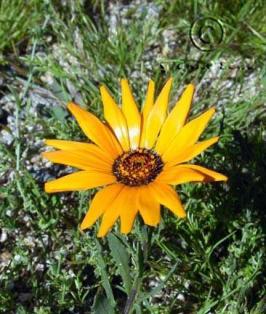
African daisy
Dimorphotheca sinuata
Introduced annual with showy yellow, orange and cream flowers, blooming early spring and summer. Recommended for beautiful groundcover, garden borders or areas where quick cover is needed. Drought and...
- Growing Region: Southwest, California
- Blooms: Spring, Summer
- Life Form: Forb
- Application Type: Commercial Beautification
- Height: 0-1 ft
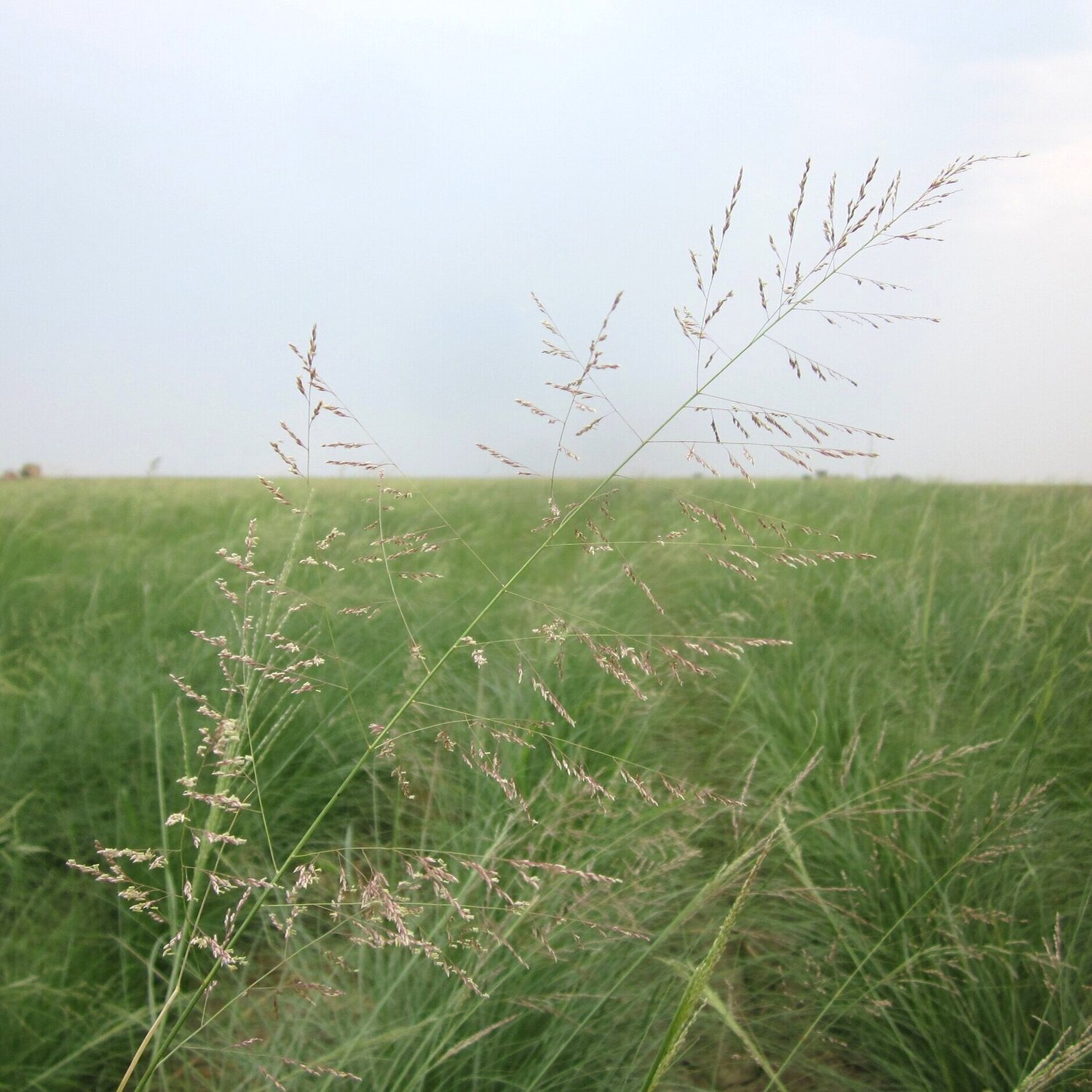
Alkali sacaton
Sporobolus airoides
Warm season, perennial bunchgrass with an extensive fibrous root system. Performs best on deep, moist, fine textured soils but will persist on coarser soils on dry sites. Tolerant of a wide range of s...
- Growing Region: Intermountain West, Southwest
- Blooms:
- Life Form: Grass
- Application Type: Land Reclamation
- Height: 1-2 ft
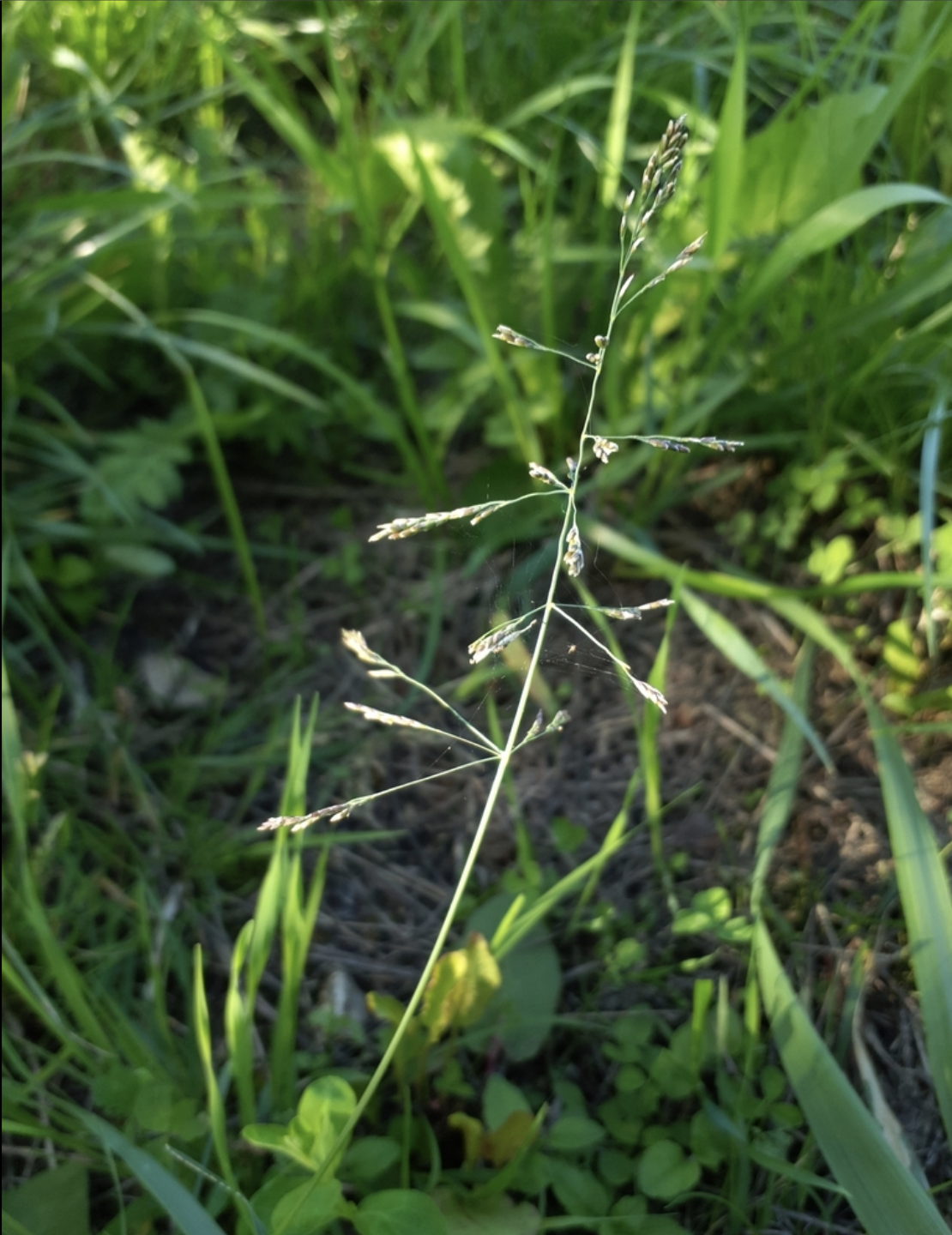
Alkaligrass
Puccinellia distans
Cool season, perennial sod-former with a vigorous and shallow fibrous root system. Adapted to moist or periodically moist, saline soils. Able to withstand intermittent flooding and shallow water table...
- Growing Region: Southwest
- Blooms:
- Life Form: Grass
- Application Type: Commercial Beautification, Land Reclamation, Turf
- Height: 1-2 ft
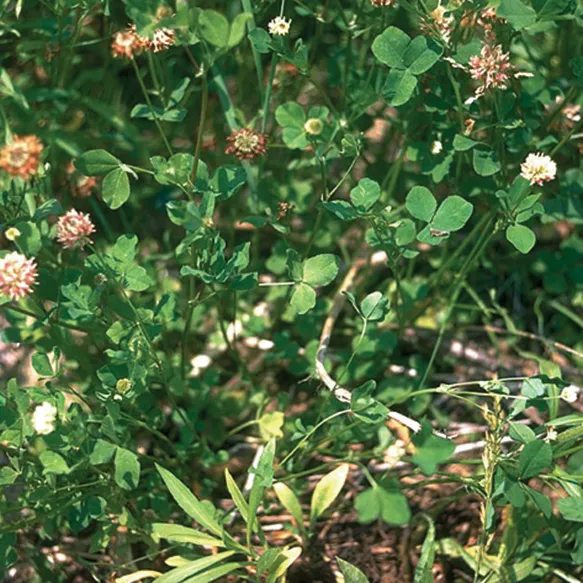
Alsike clover
Trifolium hybridum
Medium statured, relatively short-lived nitrogen-fixing perennial legume with pale pink to white flowers. Not a hybrid, despite its name. Adapted to a wide range of soil types, including sites too aci...
- Growing Region: Midwest, Southeast, Intermountain West, Southwest, Pacific Northwest
- Blooms: Spring, Summer, Fall
- Life Form: Legume
- Application Type: Forage and Pasture, Cover Crop
- Height: 1-4 ft
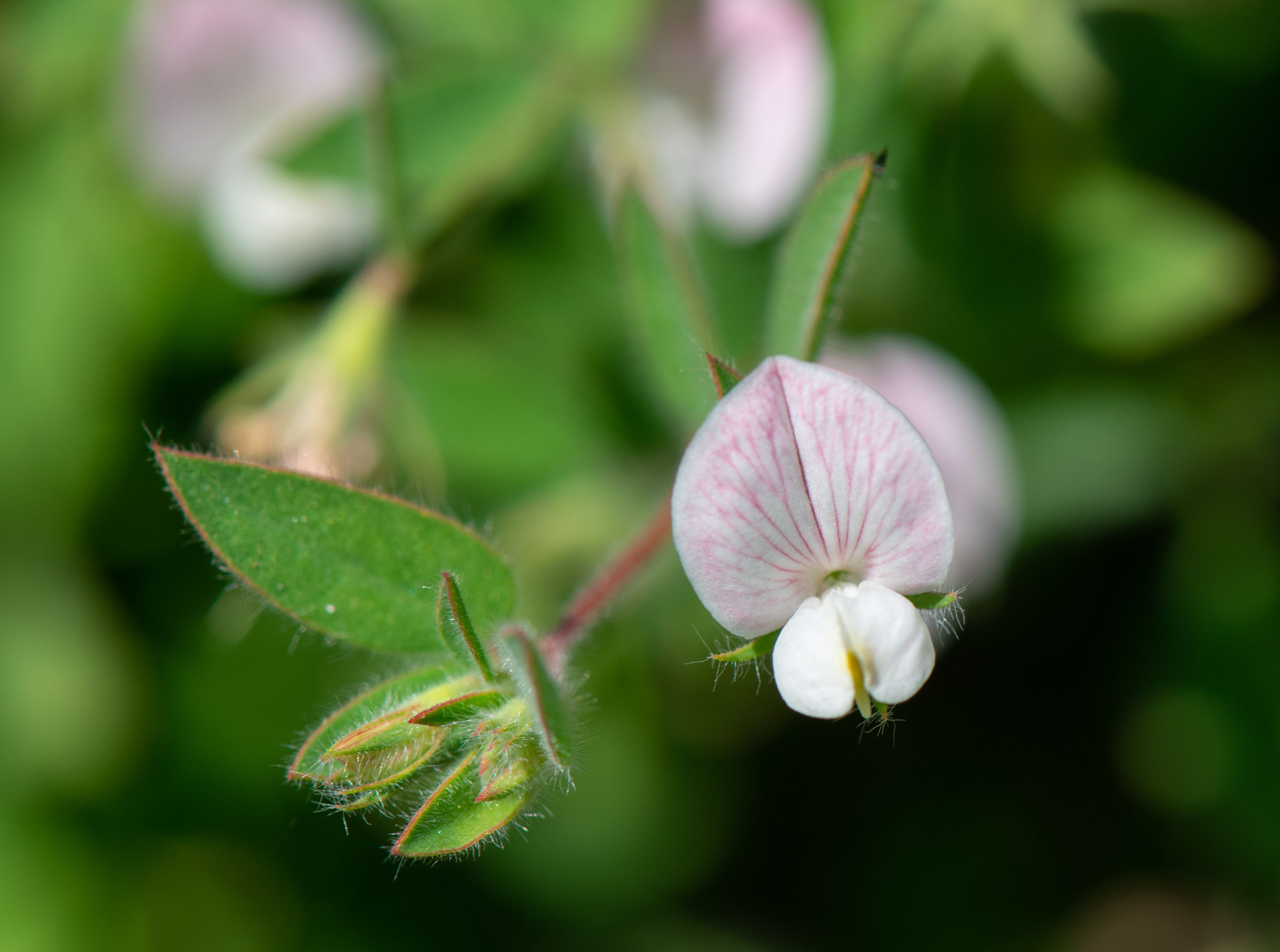
American Birdsfoot Trefoil
Acmispon americanus
Acmispon amiericanus is a native annual herb in the Fabaceae (Legume) family that grows in Northern, Southern and Central California in most habitats except desert. It tends to grow in streambanks and...
- Growing Region: California, Southwest
- Blooms:
- Life Form: Forb
- Application Type: Land Reclamation
- Height: 0-1 ft
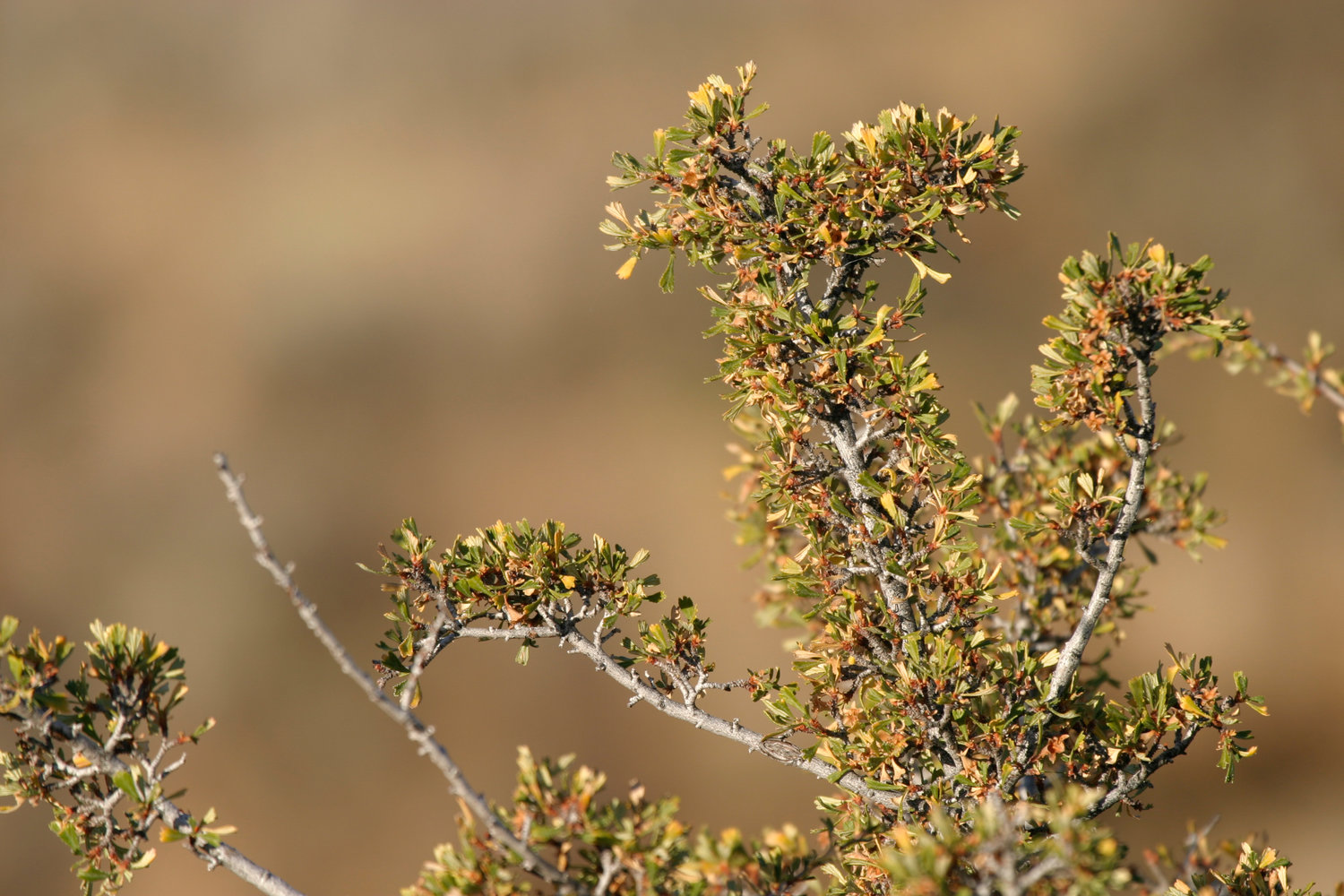
Antelope bitterbrush
Purshia tridentata
Moderate to deeply taprooted evergreen shrub 2-10 ft. tall with small yellowish flowers, blooming April to August. Adapted to a wide variety of well-drained soils, slightly acidic to basic, often deep...
- Growing Region: Intermountain West, Southwest, Pacific Northwest, California
- Blooms: Spring
- Life Form: Shrub
- Application Type: Land Reclamation
- Height: 4+ ft
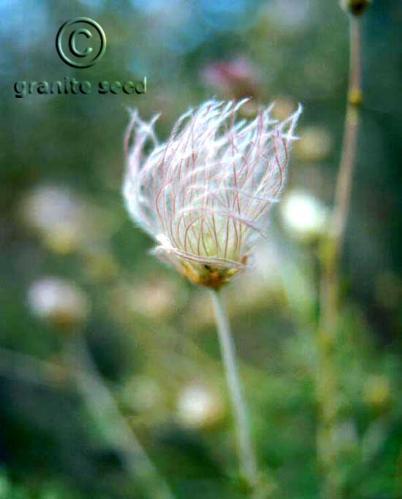
Apache plume
Fallugia paradoxa
Multi-branched deciduous to semi-evergreen shrub from 2-8 ft. tall with white showy flowers developing into feathery clusters of pinkish plumes, blooming April to December. Adapted to dry, sandy or gr...
- Growing Region: Southwest, Intermountain West
- Blooms: Spring, Summer
- Life Form: Shrub
- Application Type: Land Reclamation
- Height: 4+ ft
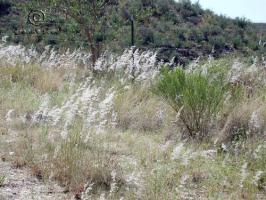
Arizona cottontop
Digitaria californica
Formerly Trichachne californica. Warm season, very drought tolerant, perennial bunchgrass adapted to deep well-drained soils. Rarely found in pure stands. Will repeatedly go to seed throughout the gro...
- Growing Region: Southwest, Intermountain West
- Blooms:
- Life Form: Grass
- Application Type: Commercial Beautification, Land Reclamation, Forage and Pasture
- Height: 1-2 ft
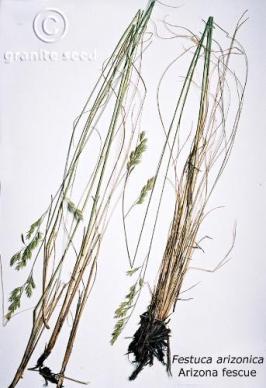
Arizona fescue
Festuca arizonica
Cool season, drought tolerant perennial bunchgrass with a coarse, dense fibrous root system. Most commonly found on thin, heavy soils but also occurs on deeper, coarser sites, often in association wit...
- Growing Region: Southwest, Intermountain West
- Blooms:
- Life Form: Grass
- Application Type: Erosion Control, Land Reclamation, Forage and Pasture
- Height: 1-2 ft
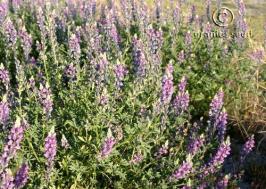
Arizona lupine
Lupinus arizonicus
Drought tolerant, leguminous native annual with deep blue or purplish flowers, blooming January to May. Occurs on disturbed sandy washes, roadsides or open desert; up to 4,000 ft. elevation. May “supe...
- Growing Region: Southwest, California
- Blooms: Spring
- Life Form: Forb, Legume
- Application Type: Land Reclamation
- Height: 1-4 ft
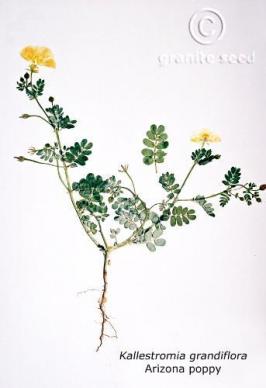
Arizona poppy
Kallstroemia grandiflora
Sprawling summer native annual with golden orange-yellow flowers, blooming July to October after desert monsoons. Quick germination when moisture is available. Found along roadsides, sandy washes, mes...
- Growing Region: Pacific Northwest, Southwest, Intermountain West, Midwest
- Blooms: Summer, Fall
- Life Form: Forb
- Application Type: Land Reclamation
- Height: 1-3 ft
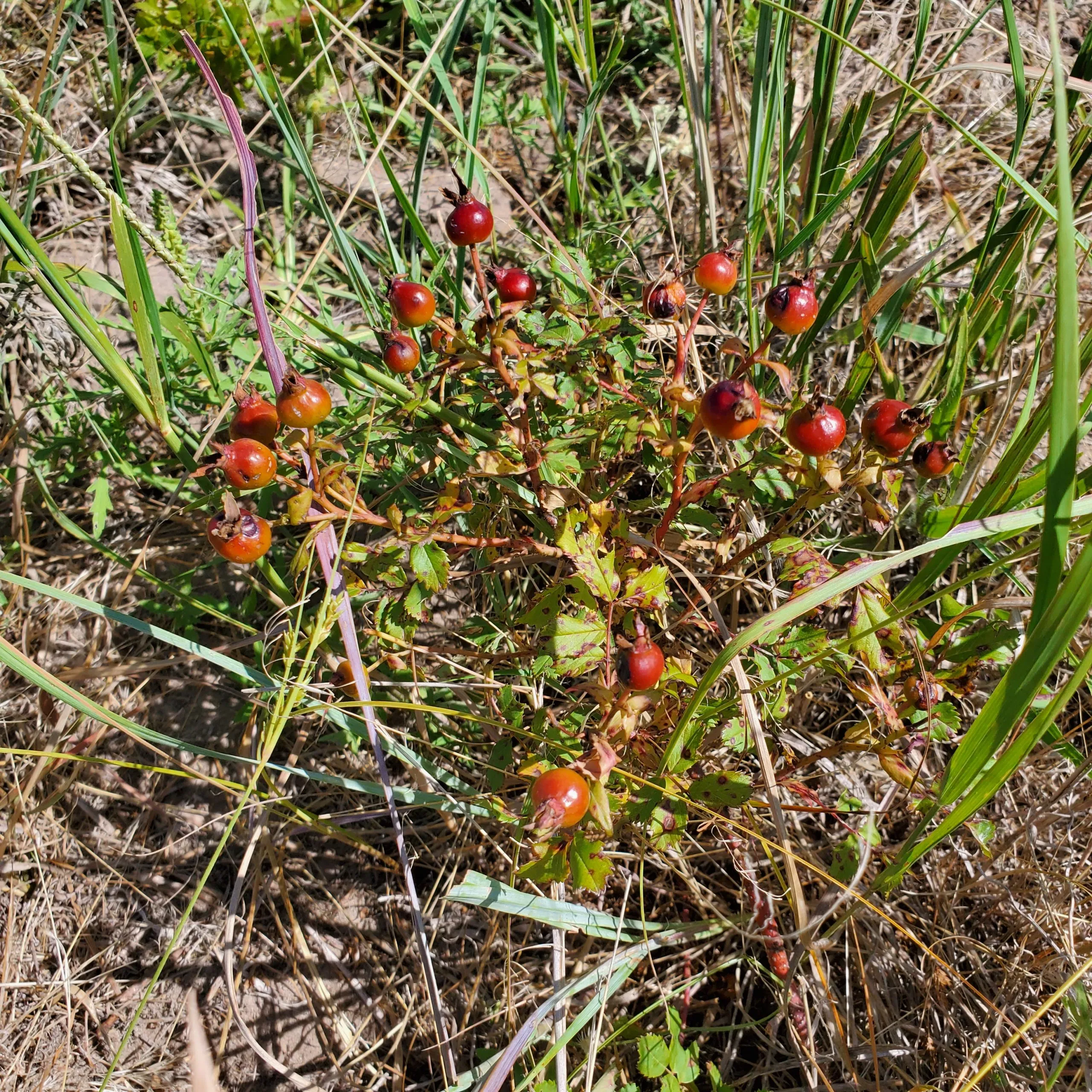
Arkansas Rose
Rosa arkansana
Arkansas Rose, commonly called Prairie Rose, is native to the central portion of the United States from Texas to the Great Lakes region and from New Mexico to Montana. Commonly found on upland prai...
- Growing Region: Midwest, Intermountain West, Southwest
- Blooms: Spring, Summer
- Life Form: Shrub
- Application Type: Land Reclamation
- Height: 1-3 ft
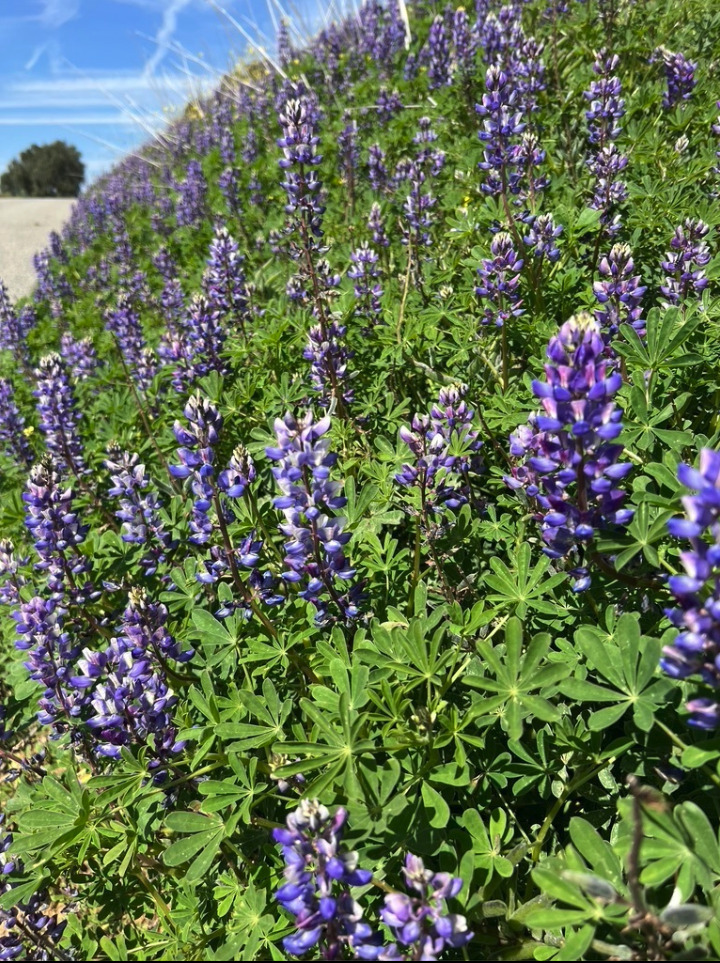
Arroyo lupine
Lupinus succulentus
Large native annual legume with deep violet-blue flowers and a white mark on the upper petal, blooming February to June. Tolerates heavier soils than most lupine species; more water tolerant. Occurs i...
- Growing Region: California, Southwest
- Blooms: Spring
- Life Form: Forb, Legume
- Application Type: Land Reclamation
- Height: 1-4 ft
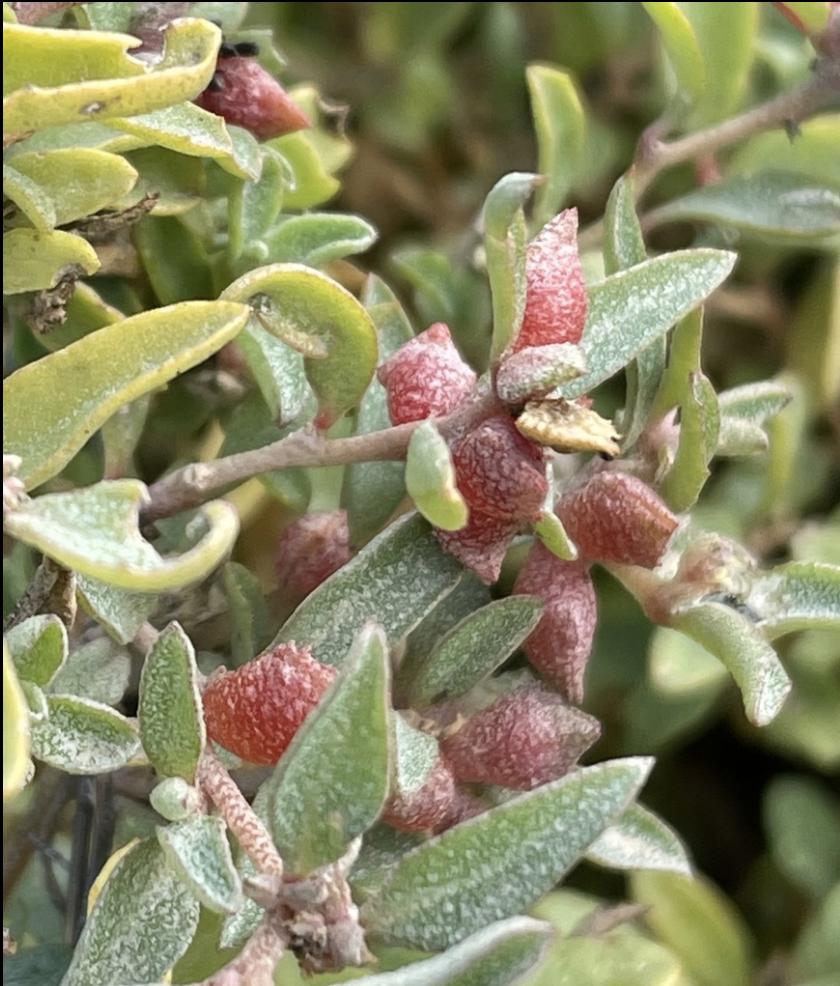
Australian saltbush
Atriplex semibaccata
Small to medium evergreen shrub introduced into the USA from Australia. Adapted to well-drained medium textured soils on a wide variety of sites to 3,000 ft. elevation. Provides excellent forage to wi...
- Growing Region: Intermountain West, Southwest
- Blooms: Spring, Summer
- Life Form: Shrub
- Application Type: Land Reclamation
- Height: 1-3 ft
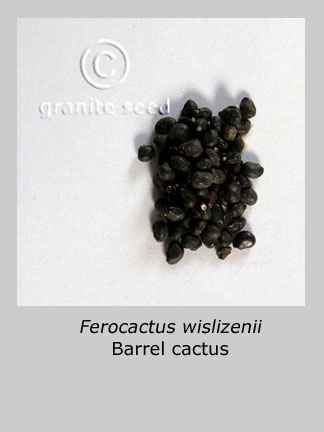
Barrel cactus
Ferocactus wislizeni
Columnar-shaped succulent cactus 2-10 ft. tall and 18-33 in. in diameter with showy orange, yellow or red flowers in a ring upon its top, blooming July to September. Occurs on deep sandy desert soils,...
- Growing Region: Southwest
- Blooms: Summer
- Life Form:
- Application Type: Land Reclamation
- Height: 4+ ft